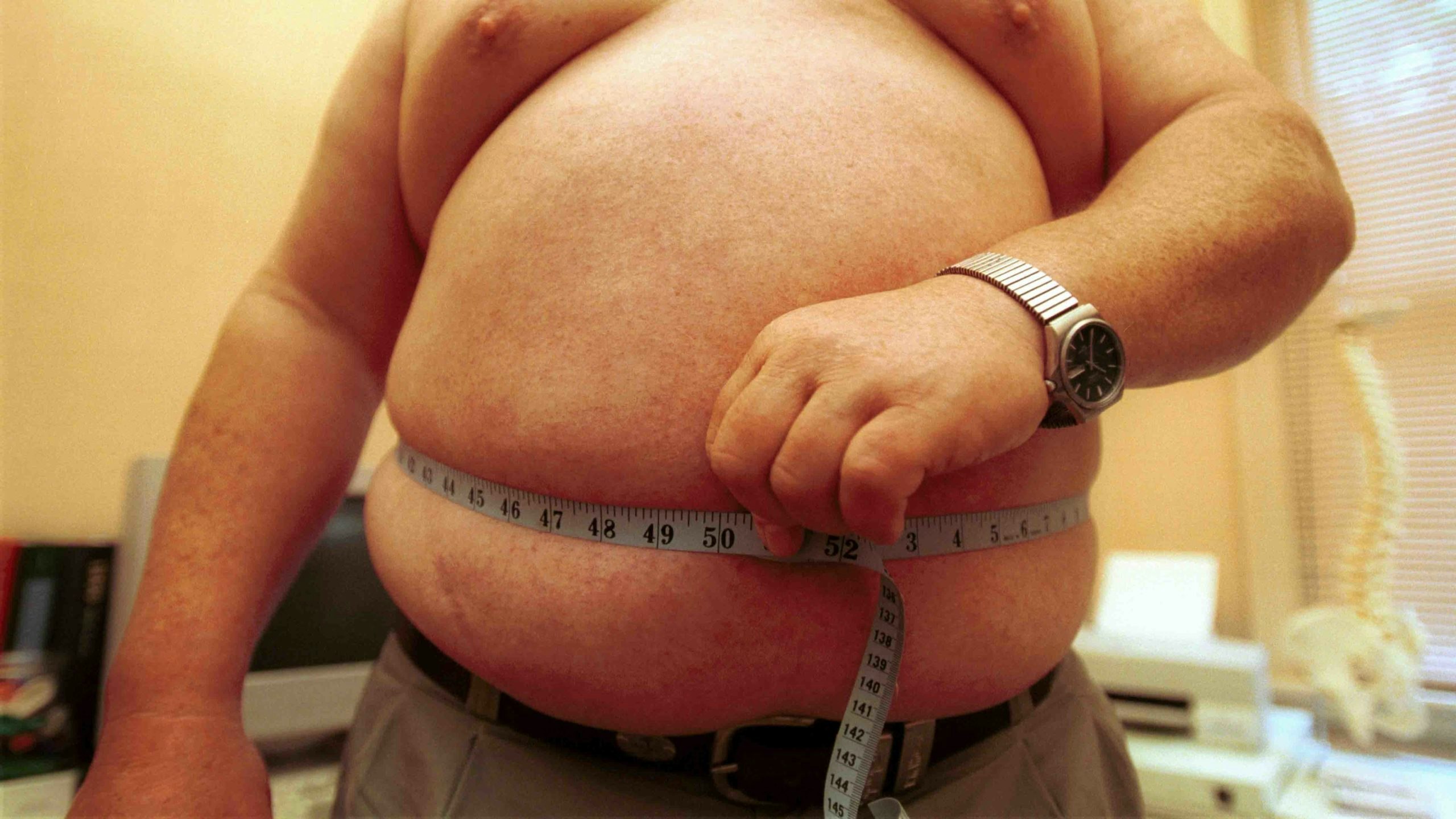Physical fitness is important to the law enforcement community but significant disagreement surrounds the way it’s measured.
A controversial new program in Texas measures the physical fitness of state troopers by their waist sizes.
The Texas Department of Public Safety recently rolled out a program where men with a waist size exceeding 40 inches and women whose waists are larger than 35 inches are put on a weight loss plan and failure to achieve desired results could mean loss of bonuses, overtime, or even removal from duty.
Don’t expect a similar plan to be unveiled in Wyoming. Law enforcement leaders told Cowboy State Daily that the size of one’s body is not the right standard to measure physical fitness.
Where they do agree with Texas is the importance of a good physical condition. But officials say there are better ways to achieve it.
Size Isn’t A Good Approach
Sheriff John Grossnickle of Sweetwater County, once an NCAA track athlete, discounts the approach overall.
“Look at a football team,” he said. “Your offensive linemen are in great shape but they look completely different than a cornerback or a wide receiver.”
“So mere size isn’t a good approach,” he said. “There are other ways to deem if a person is in physical shape.”
Byron Oedekoven, executive director of the Wyoming Association of Sheriffs and Chiefs of Police, agreed, stating that waist size is a poor measure of whether or not officers can do their jobs.
“I can show you a couple big boys that run circles around a whole bunch of high school athletes. They are definitely not out of shape with their 40-inch waists,” Oedekoven said.
Both Grossnickle and Oedekoven said officers know it’s in their best interests to stay in shape because of the challenges of the job — whether it be getting into a physical altercation, suffering a broken bone, or even getting shot at.
People recover more quickly if they are physically fit.
“Your body is going to go into shock when one of these things happen so you will benefit the better shape you’re in,” Grossnickle said.
Comprehensive Wellness
That’s where mental fitness comes in, said Laramie County Sheriff Danny Glick.
The whole picture is what’s important he said. That’s why his office promotes a combination of both physical and mental fitness.
“We’re requesting more and more from our officers,” Glick said. “With everything that’s going on in the world right now, we’ve got to make sure that we are mentally fit as well.”
Some call it comprehensive wellness. Physical, mental, and even financial wellness is important, Grossnickle said. But he took it a step further.
“We’re going to add a dietician too,” he said. “Because we know how important it its to keep the body sound for the job because it’s so difficult.”
Harder Job
And the job has gotten harder, many believe.
Oedekoven said people may be more disposed to fight arrest than in the past and to that end, being in a better shape — overall — is better for the officer and better for the public they are sworn to protect.
“People are more willing to stab you, shoot you, run over you, and that was unheard of years ago for the most part,” he said. “I think officers are very conscious of their physical fitness having a significant impact on their ability to survive and do the job.”
Problem in Wyoming?
Former Cheyenne Police Chief Brian Kozak said law enforcement officers are in better shape now than they were 30 years ago because staying in shape has become so much a part of the culture.
At the Cheyenne Police Department, he said, that culture is so important that officers are paid to workout.
“We allowed on-duty training, workout training for one hour each shift,” Kozak said. “It’s a great incentive.”
He said there is annual testing and a recognition program for those who had improved the most year-over-year. It’s a carrot rather than a stick approach, he said.
“This is all positive reenforcement,” he said. “And that makes the difference.”
As for the stigma of cops in donut shops? That’s gone by the wayside, he said.
“I don’t think you’ll see that much of it anymore,” Kozak said. “We don’t like the stereotype. We’ll laugh at it. We’ll make fun of it. But you don’t see it much anymore.”





